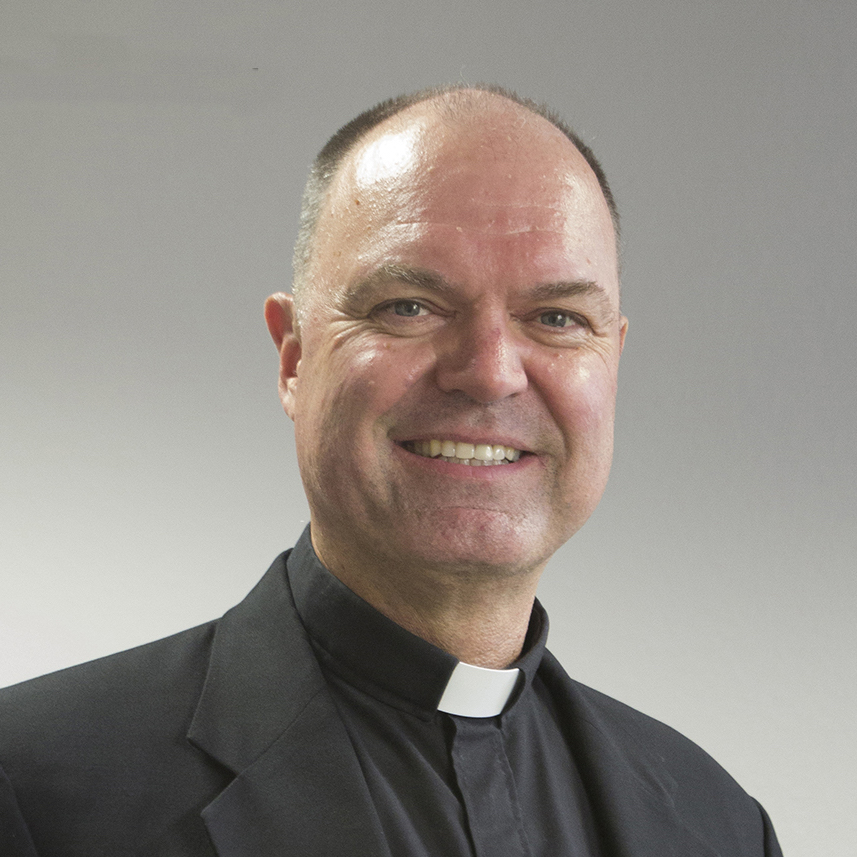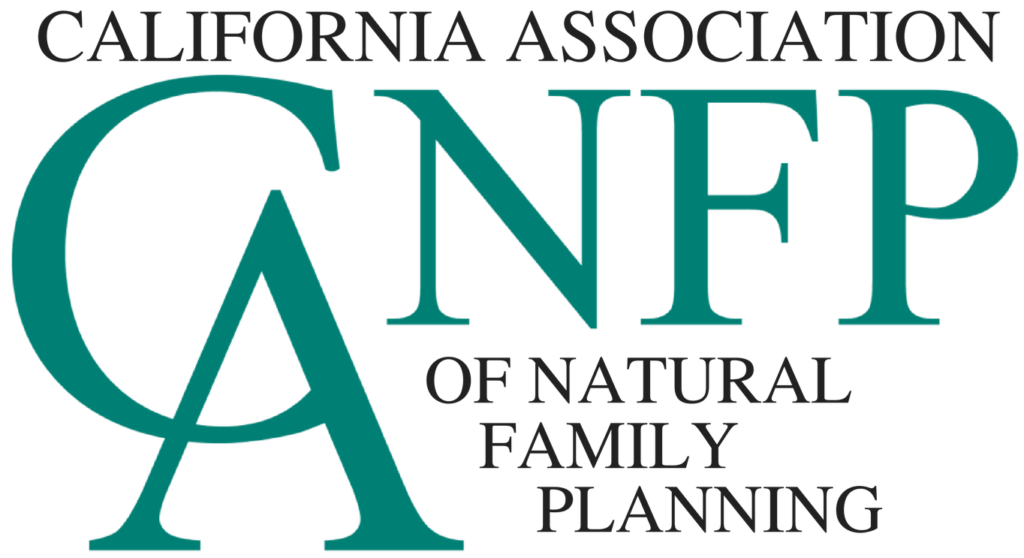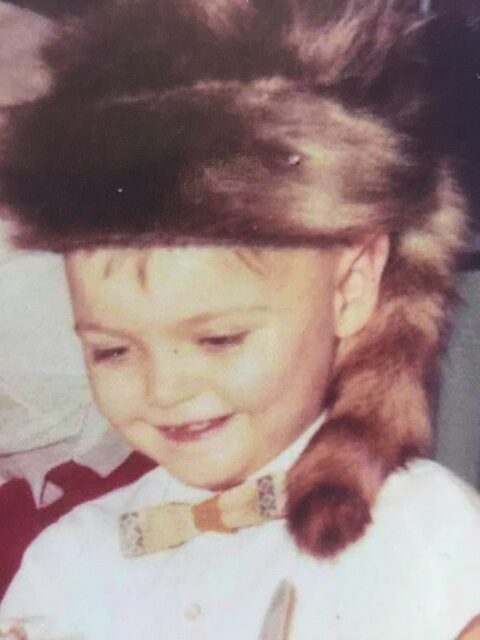- President's Perspective
Who Am I?
by Fr. Blaise Berg, STD
My family’s 2020 calendar for the month of December featured a photo of me on Christmas Day when I was maybe six or seven years old. It’s clear from the photo that like most boys and girls on Christmas, I was very happy. I must have been doubly joyful because I was sporting my coonskin cap. At that time in my life, my coonskin cap and I were inseparable. I loved to wear the cap and I fancied myself to be another Davy Crockett, the American folk hero and frontiersman who lived from 1786 to 1836. I identified so much with Davy Crockett that people started calling me “Davy”. On one occasion, when I was on vacation with my family, I got separated from my siblings and my parents at the Charles Russell Museum in Great Falls, Montana. I imagine I must have been enthralled by the paintings of the native Americans and the cowboys. Once I realized that I was lost, I found my way, crying, to the front desk.The woman at the desk asked me my name. I blurted out: “Davy Crockett!” Without missing a beat, she broadcasted over the public address system: “Mrs. Crockett, will you please come and pick up your son Davy from the front desk?” Fortunately for me, one of my sisters figured out that she was talking about me and I was happily reunited with my family.
I had so identified with Davy Crockett that I had forgotten my own name. I was lost and I was confused about my identity! We live in a world in which it can be easy to forget who we are. Many “voices” (media, advertising, other individuals, the Evil one) try to tell us who we are. It occurred to me that one of my main tasks as a Catholic priest is to proclaim who God is and to teach about who we are in relation to God. To be sure, Sacred Scripture, the Catechism, the lives of the saints and other sources provide me with plenty of material from which to draw. Indeed, talking about God is not difficult because I never run out of things to say about Him, since He is infinitely interesting, beautiful, creative and good. The same goes for us. Because we are made in God’s image and likeness (see Genesis 1), each of us has the capacity to be interesting, beautiful, creative and good, even though on account of our sinfulness, we are limited, unlike our Maker.
By the time you receive this newsletter, we will have begun a new year. For sure, 2020 will be a year to remember for some time. For the better part of the year, our attention was pre-occupied with the pandemic, its effects and side effects. A couple of the side effects we experienced were the masking of our facial expressions and the silencing of our voices. (No singing at church!) Our physical distancing has kept us apart from each other, not only bodily, but also emotionally and relationally. One tends to feel isolated and neglected. And, we have been inclined to forget who we are. Ultimately, all of this is an effect of sin. Illness, violence, a pandemic and death are manifestations of the effects of the Fall.
The good news is that we are made in the image and likeness of a triune God. The Divine Persons, Father, Son and Holy Spirit, co-exist in an amazing “dance” of complementarity, distinctness and unity. We do our best loving when we remember that we are made in the image of the triune God, indeed, that we are made to live in a “community of persons” fashioned after the “Community of Persons,” to use an expression dear to St. John Paul II. When that love is lived in the intimate love of husband and wife, in the chaste mutual respect of a young woman and man on the dance floor, in the faithfulness of the religious, in the dedication of the professional, in the detachment of the homeless person or in the pastoral care of the priest, you and I, with God’s assistance, remind each other who we are: created in the image and likeness of God, redeemed by Jesus Christ and, ultimately, meant to be with God and with each other eternally in heaven. With God’s grace, may we continue to help each other prepare for heaven throughout this new year of 2021!
About The Author



